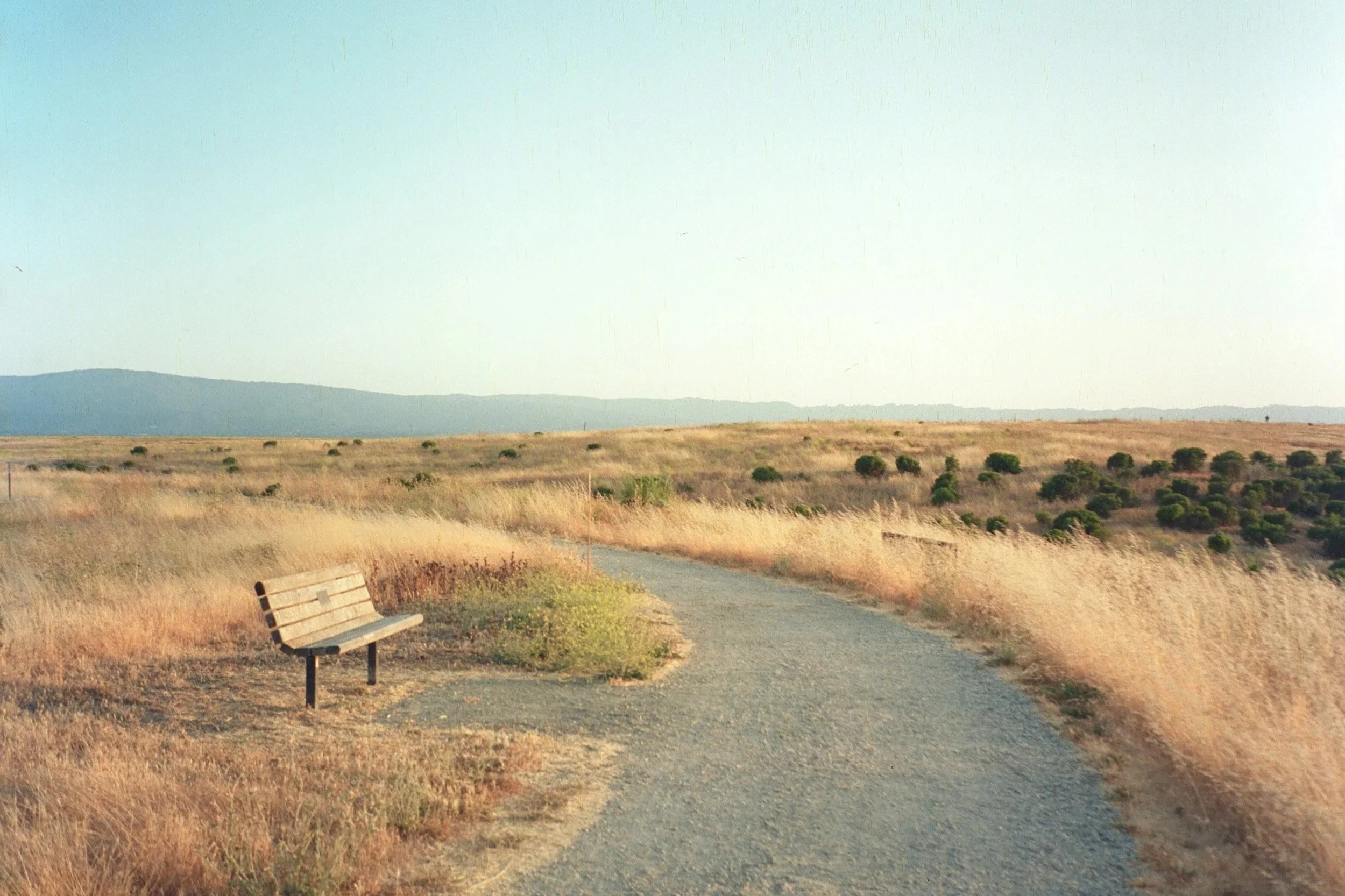The Hidden Leadership Skill of Holding Space
“To hold space.” Now, that’s a phrase that gets tossed around often. It got a chortle when the term came up for discussion the other day. But what is it? Leadership coaches Jon Mullican and George Brewster from Henley Leadership Group candidly shared their thoughts. Together, we learn from their vantage point that holding space is not woo-woo nor passive or even vague. It can be a practice of presence, patience and yes - even a powerful secret leadership skill for executives and managers.
Jon Mullican: Presence. Calm. Reassurance.
Author:
John Mullican
What does holding space look like to me? I think I know what this phrase means, though I’ve heard it lampooned enough in social media and on television that I want to find a different term. Perhaps “maintaining grace” or “supporting the occupants of the room.”
Anyway, I work to provide presence in the form of a gentle face and eyes that will meet others’ eyes, acknowledging them with a short span of eye-to-eye connection. My body is relaxed, my hands still, my head turning slowly to take in each person. And while doing this, I listen with all I am, thanks to a disability.
With one ear to hear, my good ear is both on high alert and general scanning. Is there laughter, low tones, high shrieking? When the attention is given to one person by the room, I listen carefully to what they are saying while watching others—and the speaker. Are people attentive? Do their heads drop, phones out? This tells me about the person’s status in the group.
I give attention mostly to the speaker and welcome them as they speak. If I am their facilitator, I will limit over-talking to ensure the speaker has freedom to share, while also guiding them toward clarity and concision.
Overall, I work to move slowly. I work to provide calmness so that the room is calm, so that people are most likely to land in their prefrontal cortex—enabling them to think versus react, participating in them being their best selves to learn and grow through whatever is being presented.
Presence. Calm. Reassurance. These are the watchwords for holding space, maintaining grace - whatever we decide to call it.
George Brewster: From Resistance to Renewal
Author: George Brewster
All right, so what does holding space look like for me? The concept of holding space is one of those phrases I used to bristle at. My East Coast bias for action had me wonder: why would I do that? What’s the point? If you’re taking up space, that’s selfish - get going, get outta the way.
Like slow drivers in the left-hand lane, cluelessly “holding space.” If you’re not passing, move over and let others pass. Over time, I began to appreciate the need for space, especially as a leader. It can’t be breakneck all the time. Eventually, you - and everyone else - runs out of gas.
So, what to do to learn how to hold space? First, I had to be comfortable with my own discomfort with it. Always working to get into action again—fix the problem, move the conversation along, get to an outcome. My own wants and needs were in the way of holding space for myself and others. Once I was able to manage myself and hold space for myself, I slowly became able to hold space for others.
The conversations would slow, people would open up, and people—including me—could breathe. Amazing new ideas, creativity, caring, and connection began to emerge. The action became more coordinated and efficient through the space created and filled with learning about one another.
The challenge then became how to hold space when everyone else was uncomfortable with it, as I had been. That is the next level: to manage myself and the collective need for speed to hold space and help others get the experience and appreciate holding space.
Why Holding Space Matters in Leadership
Jon shows us the texture of holding space - what it feels like in the body, in the room, in the act of paying attention. George shows us why it matters for leaders wired for speed: holding space creates room for creativity, connection, and more sustainable action.
Together, their voices remind us that holding space is not passive. It’s a discipline of presence that underpins executive presence and effective leadership communication. Leaders who can hold space project calm under pressure, listen deeply, build trust, and demonstrate emotional intelligence. In high-stakes settings - boardrooms, crises, negotiations - that presence signals stability and confidence.
Holding space may not look like power in the traditional sense, but it can be the leadership superpower that makes every leader more effective.
What do you think?
What the Heck is “Holding Space” Anyway?
It’s embodied. Presence, calm and eye contact communicate more than words ever could.
It slows the room. A pause helps people think instead of react and connect instead of rushing.
It requires discipline. To hold space for others, you must first manage your own discomfort with slowing down - and treat it as important.
It’s fuel, not friction. Quiet and space allow creativity and thoughtful action to emerge, making work more effective - not less.
It takes practice. From a lampooned phrase to a lived leadership skill, holding space is learned over time and interpreted differently by different people.
Are you prepared to elevate your leadership skills or support the development of another leader?
Every organization deserves exceptional leadership. If you're seeking actionable strategies to enhance your leadership abilities, tackle challenges with confidence, and drive impactful change, consider participating in our team training and retreats.



